In the realm of office design, lighting serves as more than just a functional necessity; it's a critical element that profoundly influences productivity, mood, and overall well-being. From fostering concentration and creativity to enhancing the aesthetic appeal of workspaces, the right lighting design can significantly impact the efficiency and comfort of employees. This article delves into the importance of lighting in office interiors and explores various types and techniques to effectively illuminate these spaces.
Importance of Lighting in Office Interiors:
Lighting plays a pivotal role in shaping the ambiance and functionality of office environments. Beyond providing adequate illumination for tasks, it can impact mood, motivation, and even health. Thoughtfully designed lighting can reduce eye strain, minimize fatigue, and promote alertness among employees, ultimately leading to improved productivity and job satisfaction. Conversely, poor lighting can result in discomfort, headaches, and decreased concentration levels, hindering performance and morale in the workplace.
Types of Lighting in Office Interiors:
1. Task Lighting: Task lighting is focused illumination designed to illuminate specific work areas or tasks such as reading, writing, or computer work. In individual workstations, conference rooms, or reception areas, task lighting provides targeted light where it's needed most, reducing eye strain and improving productivity. Desk lamps, under-cabinet lights, and adjustable overhead lights are common examples of task-lighting fixtures.
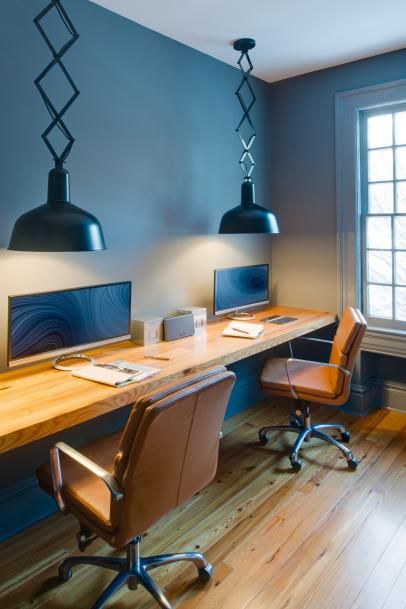
2. Accent Lighting: Accent lighting is used to highlight architectural features, artwork, or decorative elements within office interiors. In reception areas, meeting rooms, or executive offices, accent lighting adds visual interest and enhances the aesthetic appeal of the space. Track lighting, wall sconces, and display lights can be used to accentuate focal points and create a welcoming atmosphere.
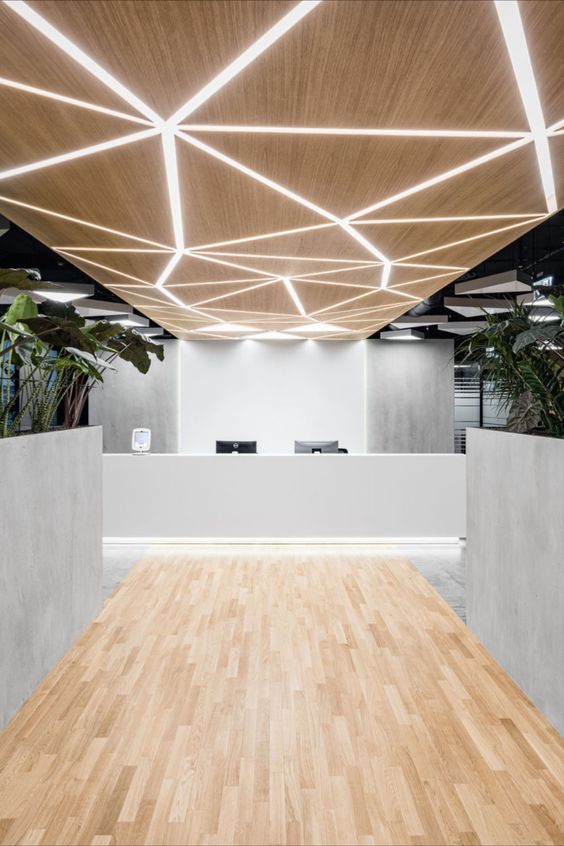
3. Ambient Lighting: Ambient lighting provides overall illumination to office spaces, ensuring uniform brightness without glare or shadows. In open office layouts or cubicle areas, ambient lighting establishes a baseline level of illumination that enhances visibility and creates a pleasant working environment. This type of lighting is typically achieved through ceiling-mounted fixtures, recessed lights, or indirect lighting systems.
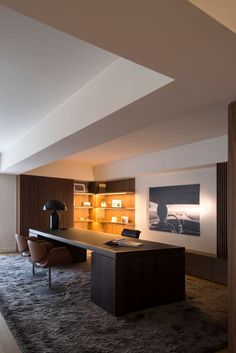
4. Decorative Lighting: Decorative lighting fixtures serve both functional and aesthetic purposes, adding character and style to office interiors. While primarily decorative, these fixtures can also contribute to the overall lighting scheme and ambiance of the workspace. Chandeliers, pendant lights, and statement fixtures can make a bold statement in reception areas, conference rooms, or communal spaces, reflecting the company's brand identity and culture.
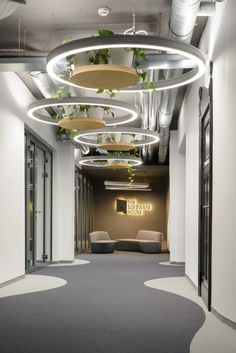
Techniques for Effective Lighting Design:
- Balanced Lighting: Achieving a balance between ambient, task, and accent lighting is essential for creating a comfortable and functional workspace. By layering different types of lighting and adjusting light levels according to specific tasks and activities, offices can provide adequate illumination while minimizing glare and shadows.
- Natural Light Integration: Maximizing access to natural light not only reduces the reliance on artificial lighting but also enhances the well-being and productivity of employees. Incorporating windows, skylights, and glass partitions allows natural light to penetrate deep into the office space, creating a brighter and more inviting environment. Strategic placement of workstations and furniture can optimize natural light exposure while minimizing glare and heat gain.
- Lighting Controls: Implementing lighting controls such as dimmers, timers, and sensors enables offices to customize lighting settings based on occupancy, time of day, and specific requirements. Lighting controls can help conserve energy, extend the lifespan of lighting fixtures, and create a more comfortable and responsive work environment for employees.
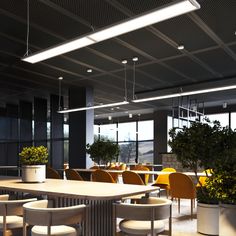
Lighting design plays a crucial role in creating functional, comfortable, and productive office environments. By understanding the importance of lighting and employing various types and techniques effectively, businesses can enhance employee well-being, satisfaction, and performance. Whether designing a traditional office, collaborative workspace, or creative studio, investing in thoughtful lighting design can yield significant benefits in enhancing the overall efficiency and satisfaction of employees.


